Armory
Contemporary plans of Fort Ligonier show that in 1758 artificers' huts were located outside the walls, and that this building was the powder magazine. Archeology revealed the stone fireplace at the rear of the room and charcoal and ash pits which perhaps marked the location of a forge, features which certainly would not have existed in a building utilized to store gunpowder. Companies of artificers-blacksmiths, wheelwrights, coopers, tinsmiths, carpenters, gunsmiths and many other artisans- were needed to repair equipment and tools and sometimes to produce new items.
After the underground magazine was constructed in 1759, this building was possibly converted into an armory where weapons and other metal items could be fabricated or repaired. Protected by the heavy-timber construction and by the ten-foot thick, earth-filled walls which forms part of the bastion outside, the building may also have served as a secure place in which to store arms. Today it is interpreted as the armory.
It is also possible that this structure was the guardhouse.
Forbes Hut
This building was one of three designated as officers' facilities on contemporary maps. general John Forbes, in poor health, requested a hovewl or "hutt" with a fireplace provided for him at Fort Ligonier. The proximity of this structure to the main gate suggest that here is where the General stayed.
Like any general officer of the day, Forbes traveled with a retinue of servants, aides and his own supply train. A folding bed, linens, tableware, wines and liquers, and chests for his papers and personal otems accompanied Forbes while on campaign.
It is not known for certain what disease afflicted the General. A former student of medicine, Forbes may have known he was dying. His illness, coupled with the rigors of travel, caused him acute pain and deprivation of strength. Despite this suffering, he never relented in his efforts, seizing Fort Duquesne in late November, 1758. He spent Christmas at Fort Ligionier before making the long trip back to Philadelphia, where he died, March 11, 1759.
Powder Magazine
This building was Fort Ligonier's second powder magazine. Military engineer Capt. Harry Gordon warned that a direct hit by enemy mortar fire on te earlier above=ground magazine in the south bastion could destroy the entire fort. In 1759 this underground magazine was built to protect the fort's powder supply.
The heavy construction employed along with the steepness of the stairs and angle of the passageway, protected the powder from enemy fire and would help contain an accidental explosion. Every precaution was taken to prevent even a tiny spark. Powder kegs were bound with copper or wooden hoops, and non-ferrous tools were used to handle the powder.
Archeology clearly indicated that there was a chain attached to the wall and numerous iron nails remain in the flooring. Military regulations and common sense dictated that there should be no iron in a powder magazine. Since it is believed that this structure was always used as a magazine, the presence of iron remains a mystery.
Photos supplied by Contemporary Makers' European Correspondent, Manfred Schmitz.
Photos supplied by Contemporary Makers' European Correspondent, Manfred Schmitz.




















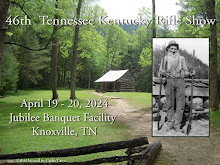

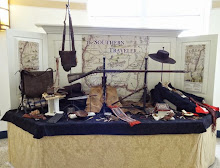





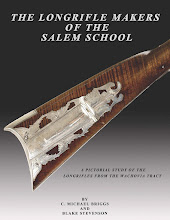

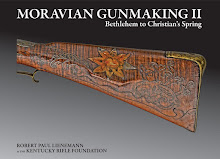


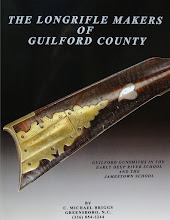

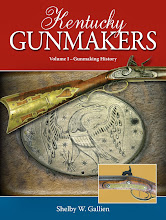









No comments:
Post a Comment
Note: Only a member of this blog may post a comment.